Cheng-Tai Lee
Mechanics of disordered biopolymer networks
Team: Matthias Merkel (CPT)
His background
Octobre 2020 - present | CENTURI Postdoctoral fellow
2017 - 2020 | PhD in Physics - University of Cambridge (UK)
2015 - 2016 | MSc in Physics - University of Cambridge (UK)
2010 - 2014 | BSc in Chemistry - National Taiwan University
Contact
About his Postdoctoral project
What do a guitar string and an air balloon have in common? They are both floppy unless rigidified by prestresses: a guitar string can be "rigidified" by tautening it, and a balloon by inflating it. More generally, both can be described as so-called under-constrained systems, where the number of degrees of freedom of the system is larger than the number of internal mechanical interactions constraining this freedom. That is why such systems are generally floppy, but they can become rigid as soon as geometrical incompatibility appears (e.g. when the amount of air inside of the balloon becomes more than the unstretched balloon material can hold).
This kind of rigidity transition has recently been discussed in the context of both disordered biopolymer networks, like collagen, and models for biological tissues. We will take these ideas further and ask what happens when additional weak mechanical interactions are added to such an under-constrained system. This will allow us to understand, for instance, how precisely bending interactions affect the mechanics of disordered biopolymer networks, potentially leading us to new quantitative mechanical predictions (e.g. the relation of the shear/bulk modulus against the strain/stress due to external forces). Moreover, it will allow us to understand how additional weak interactions will modulate solid-fluid transitions in vertex models for biological tissues.







